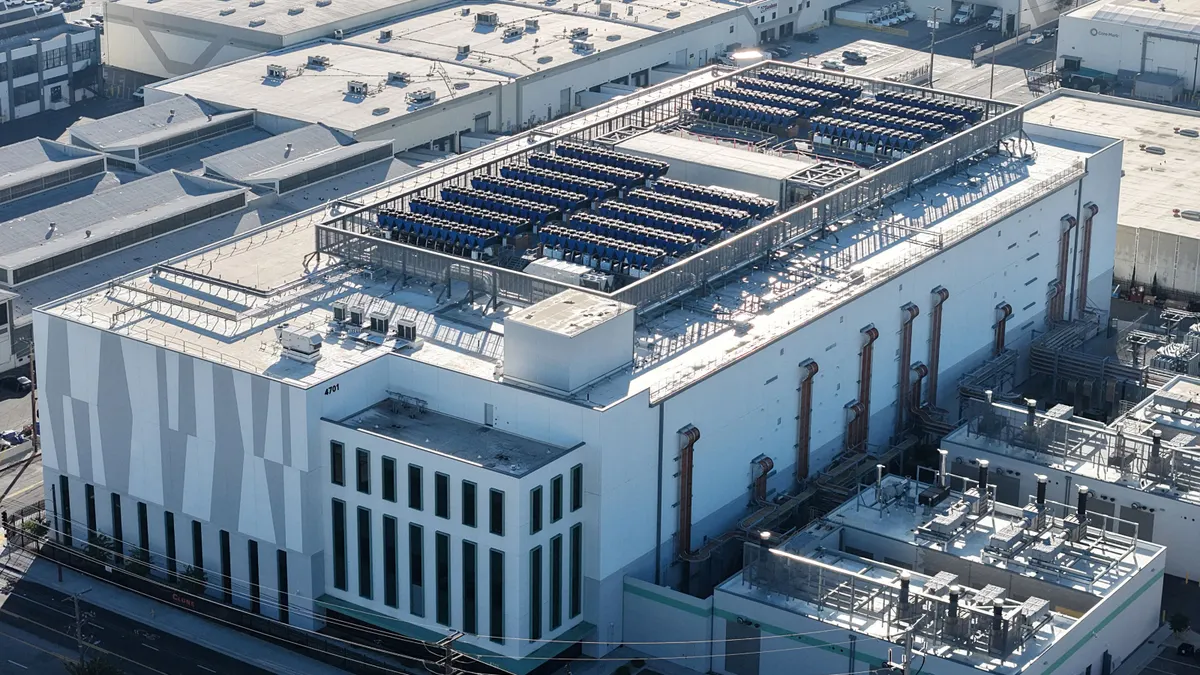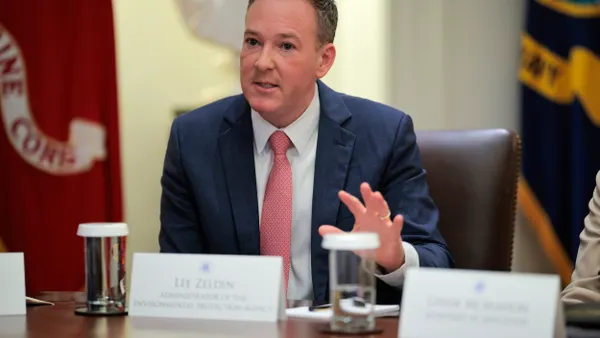Implementation of the Inflation Reduction Act and Bipartisan Infrastructure Law suffered from muddled aims, and projects took too long to materialize under the Biden administration, according to an October report from former Department of Energy staffers who interviewed more than 80 of their former colleagues on the topic.
The slow rollout meant that the “political theory animating the [Biden] administration’s approach — that the economic development generated by clean energy projects and industries would create a durable bipartisan coalition — was never truly tested,” and the Trump administration has been able to claw back much of the associated funding, the report says.
“Programs frequently tried to satisfy multiple aims at once: decarbonization, onshoring, labor, equity, national security,” the report says. “This layering of priorities blurred mandates and slowed action. This proved to be particularly challenging for requirements that were at odds with energy industry realities (e.g., impractical [Build America Buy America] requirements for every component; labor union requirements for transmission projects where union labor didn’t exist).”
The report was written by Ramsey Fahs, a former policy advisor at DOE; Louise White, a former senior consultant with DOE’s Loan Programs Office and Office of Technology Transitions; and Alan Propp, who first worked as a senior strategy consultant with DOE’s LPO and then served as a deputy chief of staff in its Loan Underwriting and Structuring Division. All three left the agency in January.
The authors say they interviewed more than 80 “political appointees and career staff who sat at the heart of implementation, with a primary focus on the infrastructure offices” at DOE, and noted that the interviews “are not exhaustive and at times interviewees reported conflicting information or divergent experiences.”
However, interviewees seemed to agree that the implementation of the IRA and BIL was hampered by jumbled priorities, as well as a lack of a clear hierarchy for decision-making.
The report quotes interviewees as saying, “There were way, way too many cooks in the kitchen [at the White House],” and “DOE tried to solve structural inequality via grid infrastructure, which was an unrealistic goal,” and that “People overestimated the risk of action and greatly underestimated the risk of inaction.”
“The Made in America mandates were a real challenge. No one wanted to make the choice on this tradeoff … so it delayed everything. We just needed to make a choice one way or another and move on,” one interviewee said.
The report attributes some of the administration’s bias against risk to the 2011 failure of thin-film solar cell manufacturer Solyndra, which defaulted on a $535 million loan guaranteed by the Obama administration’s DOE.
“After Solyndra, the scar tissue… meant there were 50 different ways to kill a project and not many ways to see it through,” one interviewee said.
However, the report notes that the “specter of Solyndra” loomed larger at other DOE offices than it did LPO, which made the loan.
“Interviewees also noted a more informed approach to risk management at LPO than peer offices,” the report says. “This was largely a result of the extensive improvements the office had put in place post-Solyndra and an intentional focus from senior LPO leadership to articulate and codify LPO’s risk appetite and approach — a model for understanding risk that was more developed than in other parts of government.”
The report suggests ways that a future administration committed to clean energy deployment could overcome the hurdles the Biden administration faced — including setting a focus on near‑term direction and accountability, creating a culture of “speed and decisiveness,” establishing more efficient award designs and processes, and leveraging the “full federal toolkit.”
“The current administration has provided one example of what a more holistic approach might look like,” the report says. “Its recent deal with rare-earths supplier MP Materials — in which the government combined an equity stake, loans, warrants, and a 10-year price floor and offtake agreement for the company’s facility — shows how a sufficiently motivated Executive Branch can comprehensively derisk deployment in a key sector.”















